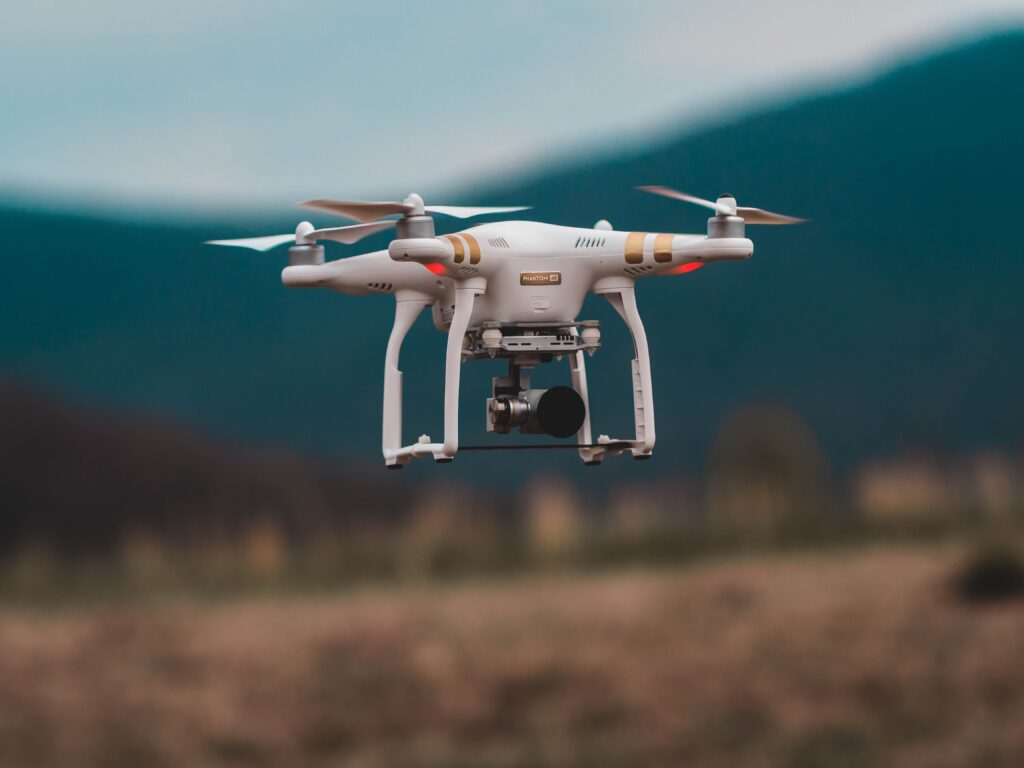Altitude Angel is on the brink of completing a monumental feat in modern transportation: the world’s largest and most extensive drone superhighway network, slated for full realization by May 2024.
Currently undergoing rigorous testing, approximately one-third of the network’s beacons have already been strategically deployed. Once operational, this revolutionary infrastructure will seamlessly connect towns and cities throughout the UK, with an initial focus on linking Reading and Coventry while also encompassing urban hubs along the picturesque south coast of England.
Dubbed Project Skyway, this visionary initiative promises to unlock boundless opportunities for businesses, enabling them to harness drone technology’s potential to innovate and commercialize new products, processes, and services.
Richard Parker, the CEO and Founder of Altitude Angel, aptly describes this endeavour as the most ambitious transportation project since the advent of the railway network in the 18th century. Positioned at the forefront of a second transport revolution, Britain is poised to lead the world in embracing drones’ transformative capabilities. Drones hold the promise of revolutionizing goods transportation in ways unimaginable to our forebears.
At the heart of this drone, superhighway network lies cutting-edge detect and avoid technology, poised to unleash the immense potential of unmanned aerial vehicles (UAVs). Leveraging insights gleaned from the groundbreaking Arrow Drone Zone, Altitude Angel’s innovative approach will fuel the growth of the burgeoning urban air mobility industry.
Drone superhighway
Unlike existing drone corridors, which impose prohibitive financial barriers on operators, the drone superhighway will democratize access, facilitating fully automated flights beyond visual line-of-sight for any drone company that completes rudimentary technical integrations without necessitating specialized hardware onboard the drones.
Parker elucidates the operational mechanics, emphasizing deploying ground-based sensors that meticulously scan the airspace, detecting aircraft and drones. This real-time data is processed within control centres, enabling proactive collision avoidance measures to ensure the safety and integrity of the airspace.

Researchers foresee the lower airspace, particularly the first 1,000 feet, evolving into a bustling hub of unmanned general aviation. The drone superhighway promises streamlined access while meticulously monitoring airspace to preempt conflicts, effectively eliminating the airspace closures prevalent today.
This pioneering detection and avoidance solution promises to revolutionize aviation safety by fostering greater awareness of manned and unmanned traffic among all stakeholders. The inaugural route linking Reading and the Midlands is slated for launch next summer, with additional corridors slated for subsequent rollout.
While government funding spearheads the initiative, BT’s investment underscores private sector enthusiasm, with potential collaborations extending to mounting beacons on existing mobile phone masts. The societal impact is profound, with the potential to revolutionize healthcare delivery in remote rural communities, facilitating the swift transport of medicines, letters, and small parcels in the foreseeable future.
Reading’s strategic choice as an initial launch site underscores its dense population and thriving business landscape, making it an ideal testbed for commercial viability. In essence, Altitude Angel’s visionary drone superhighway heralds a new era of aerial connectivity, poised to transform transportation, foster innovation, and unlock unprecedented economic and societal benefits for communities across the United Kingdom and beyond.



